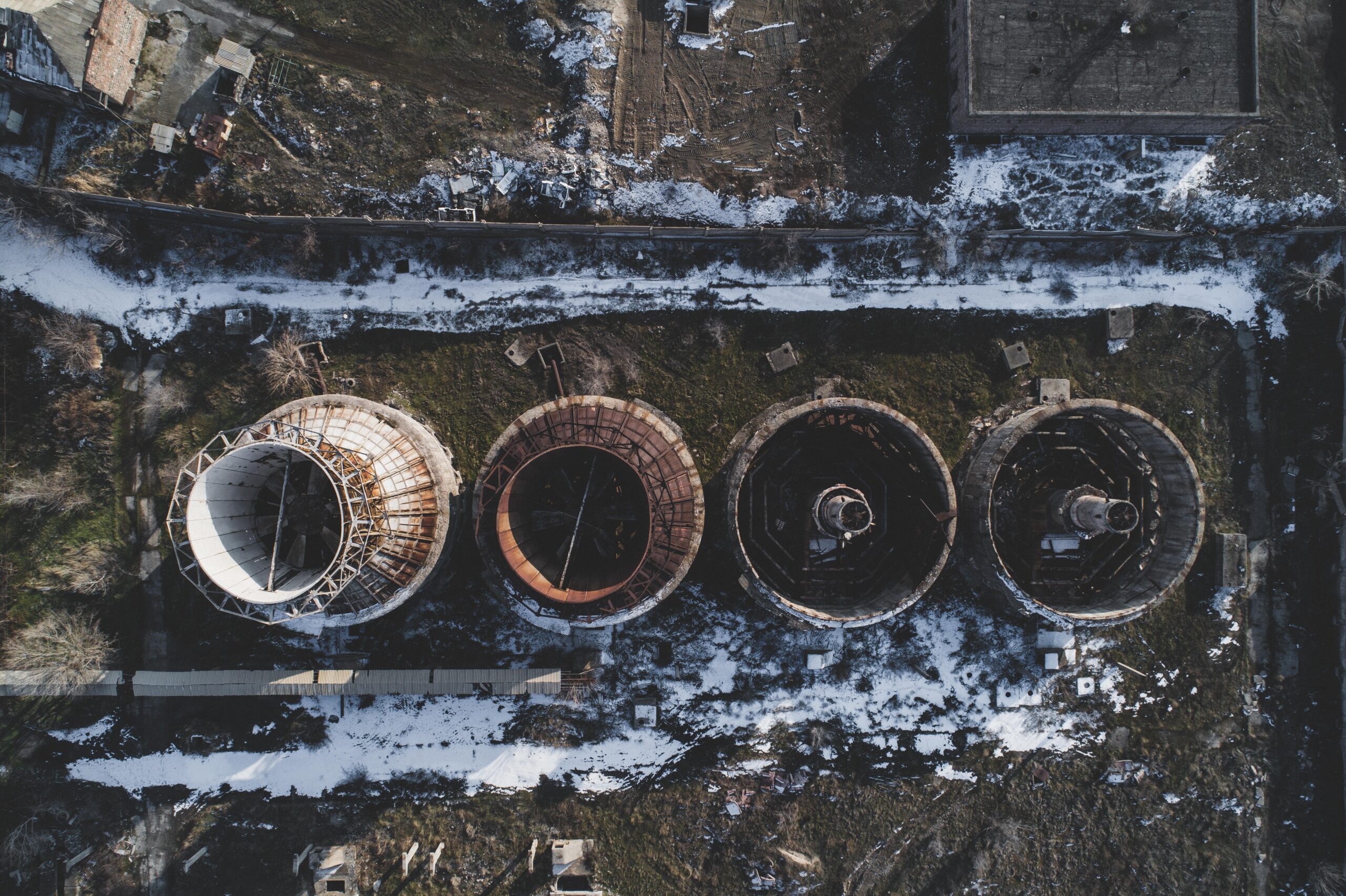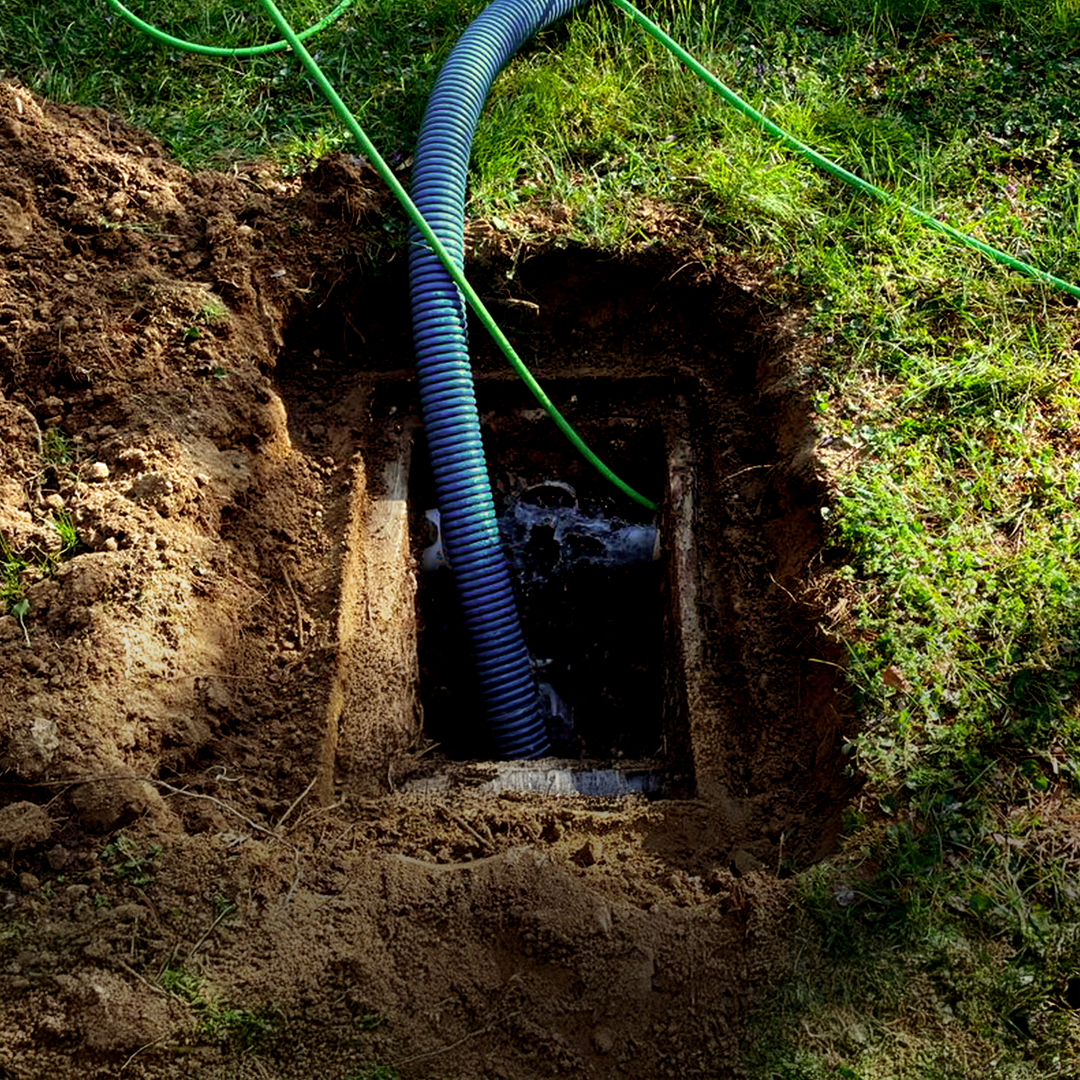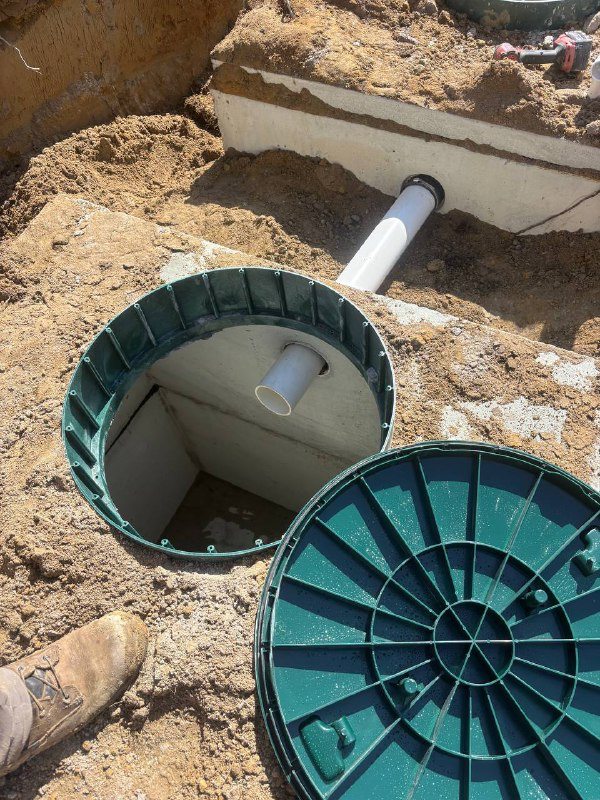Are you considering your options for wastewater management? If you live in an area without access to municipal sewer systems, you’ll likely need to choose between a septic tank and a cesspool. This comprehensive guide will help you understand the key differences between these two systems and make an informed decision for your property.
Understanding Wastewater Management Systems
Before diving into the specifics, it’s important to understand that proper wastewater management is crucial for both environmental protection and public health. Whether you’re building a new home or updating an existing property, choosing the right system can impact your property value and long-term maintenance costs.
What is a Septic Tank System?
Modern septic tanks are sophisticated wastewater treatment systems that effectively process household waste through a combination of natural and engineered processes. Think of a septic tank as your personal, miniature wastewater treatment plant.
Septic tanks are an essential part of many homes, working quietly underground to treat wastewater. The system includes a main tank, typically made of concrete, fiberglass, or plastic, connected by an inlet pipe that channels waste from your home and an outlet pipe that sends treated water to the drain field. The drain field, also known as a leach field, is where the final filtration happens, ensuring that only clean water returns to the environment.
The treatment process is simple but effective. Wastewater entering the tank separates, with solids sinking to form sludge and oils rising to form scum. Natural bacteria break down organic matter, while the middle layer of water flows to the drain field, where soil acts as a natural filter, completing the process before the water returns safely to the groundwater system.
What Is a Cesspool?
A cesspool system is an old-school method for managing household wastewater. Essentially a lined pit in the ground, often called a leaching pool, it collects all the waste from your home. Unlike modern septic tanks, cesspools rely on a straightforward process with minimal waste treatment.
Unlike the more advanced treatment process of septic tanks, cesspools operate on a much simpler principle. Wastewater flows into the chamber, where solids settle at the bottom, forming sludge, and liquids seep into the surrounding soil. With minimal waste processing, cesspools lack the filtration and environmental safeguards of modern systems, making them less effective for sustainable wastewater management.
Please Note: However, you should note that construction of new cesspools has been banned in all 50 states since April 5, 2000. And all existing large-capacity cesspools have been closed since April 5, 2005. So, if you’re thinking about installing one, you’ll be bound by legal limitations.
Key Differences: Septic Tank vs. Cesspool
- Treatment Effectiveness
Septic tank systems are designed for thorough waste processing, utilizing multiple treatment stages like bacterial decomposition and filtration. They ensure wastewater is safely treated and protect groundwater quality from contamination.
In contrast, cesspools offer minimal treatment, relying solely on soil filtration, which poses a higher risk of polluting groundwater. While septic tanks prioritize environmental safety, cesspools serve as basic waste storage and waste management systems with limited processing capabilities.
- Environmental Impact
Septic tanks are engineered to prioritize environmental safety, significantly reducing the risk of groundwater contamination. They support sustainable water management by thoroughly treating waste and adhering to modern environmental standards. Their design ensures minimal ecological disruption, making them a more eco-friendly option.
Cesspools, on the other hand, pose a higher risk of soil and groundwater pollution due to their limited treatment capabilities. Without robust safeguards, they lack the environmental protections of septic systems and may even violate local regulations. This makes them a less sustainable and riskier choice for wastewater management.
- Cost Comparison
Septic tanks generally have higher installation costs over $12,000, due to their advanced design and treatment stages. Cesspools, being simpler systems, are more affordable upfront, costing between $2,000 and $4,000. However, the lower initial cost comes with trade-offs in efficiency and environmental protection.
When it comes to maintenance, septic tanks require pumping every 3-5 years, making them less frequent but potentially costlier to maintain. In contrast, cesspools often need annual pumping due to their limited capacity and basic design, leading to higher ongoing maintenance expenses over time.
Why You Should Consider A Septic Tank
- Cost Effectiveness
Installing a septic system can help you save money in two key ways. First, it reduces your monthly bills by eliminating sewer service fees, meaning you won’t have to pay city water bills for wastewater treatment, making your budget more predictable.
Second, the cost of installing a septic system is often lower than connecting to municipal sewer lines, especially on larger properties, providing even more savings upfront.
- Legal Restrictions on Cesspools:
Opting for a septic tank over a cesspool is crucial due to legal restrictions in the United States. The Environmental Protection Agency (EPA) bans large-capacity cesspools because of significant environmental and public health risks [^1^]. Many states have stricter laws that prohibit new cesspool installations and mandate replacing existing ones with modern septic systems. For example, Rhode Island’s Cesspool Act of 2007 requires cesspools to be replaced with septic systems or sewer connections [^2^]. Choosing a septic tank ensures compliance with regulations, avoiding legal issues and fines, and promotes an environmentally responsible wastewater system.
- Environmental Benefits
Septic systems offer great environmental benefits by treating wastewater naturally, without relying on harmful chemicals. They use drain fields to filter and purify the water before it re-enters the groundwater, keeping the environment safe.
When working properly, septic systems also help protect groundwater by containing any leaks or issues within the property, preventing contamination and minimizing the impact on the wider environment.
- Durability And Maintenance
Septic tanks are a long-lasting investment for homeowners, with a well-maintained system lasting anywhere from 20 to 40 years. Regular upkeep, like pumping every three to five years, is cost-effective and much cheaper than dealing with potential repairs for municipal systems. Once installed, septic tanks need minimal maintenance, making them a hassle-free option for homeowners who prefer to keep things simple.
- Public Health Considerations
Well-maintained septic systems play a crucial role in public health by helping prevent the spread of diseases related to untreated sewage. They protect both local communities and ecosystems by stopping contaminants from reaching water supplies.
Additionally, by reducing the demand for centralized sewage treatment plants, decentralized septic systems ease the strain on municipal infrastructure, making communities more resilient overall.
Conclusion
When choosing between septic tank systems and cesspools, consider your specific situation carefully. While septic tanks generally offer a more environmentally friendly and sustainable solution, factors like property constraints, local regulations, and budget considerations all play important roles in the decision-making process.
For the best results, contact us and we will evaluate your specific needs and provide expert guidance on the most appropriate system for your property.




